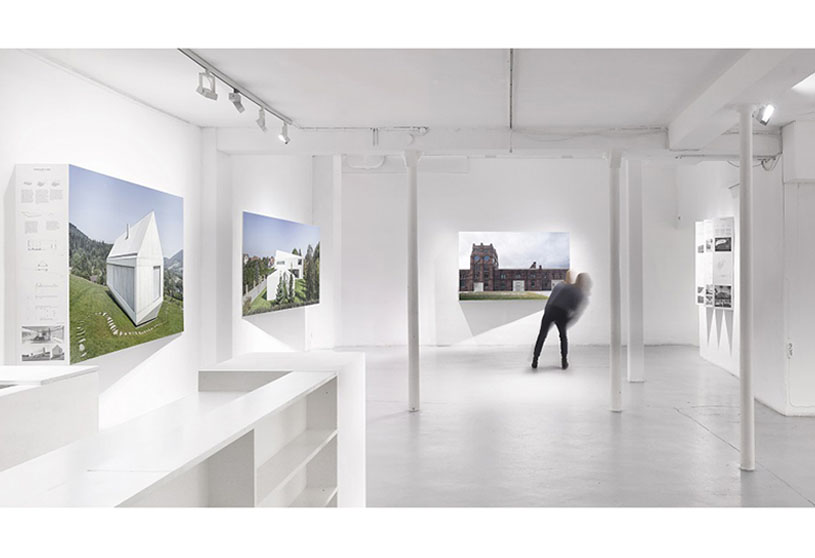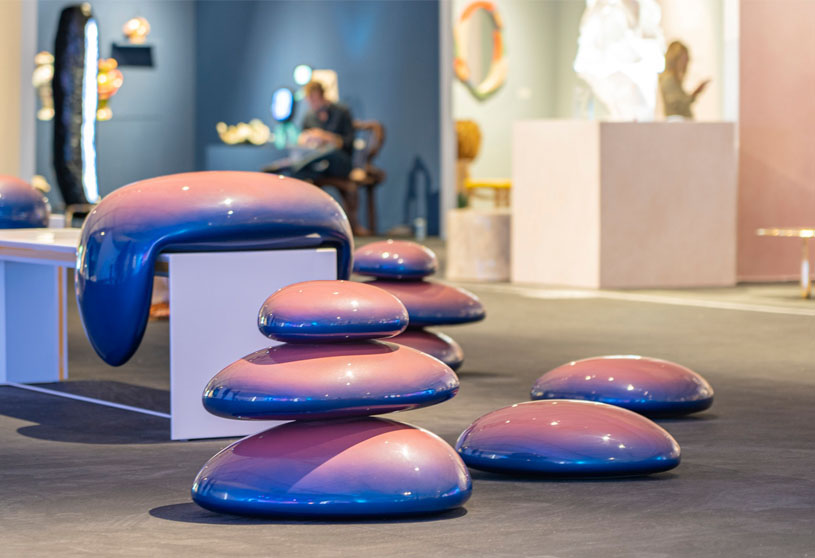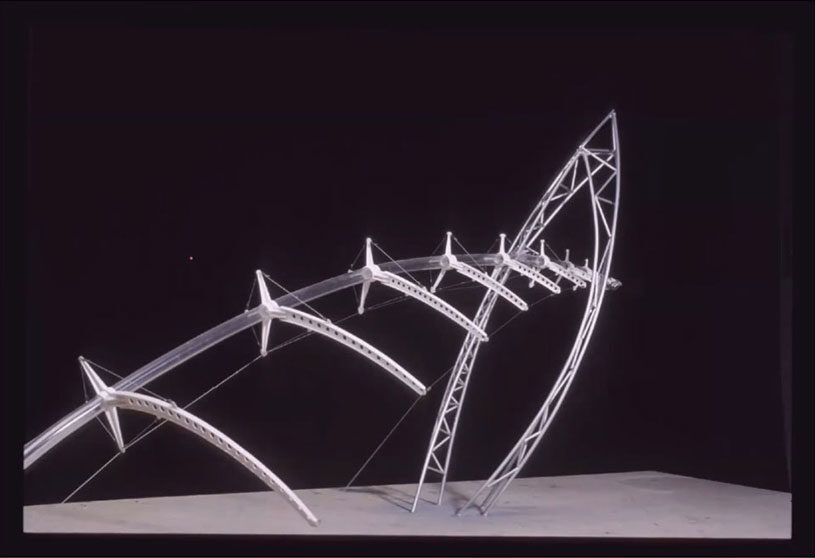The main project of the studio was also introduced to the students on the first day of the semester(21/07/2014) alongwith the time-problem. The students were given a small presentation by Prof Gurdev explaining the whole process of the studio, and they were handed over the following brief.

“Theprocess becomes the object. The process no longer produces a preconceived object as in a traditional design process, but rather results in the exhaustion of the process when no further steps are possible, when there is a closure suggested by the cumulative direction of all previous stages”
– P.Eisenman
INTRODUCTION
This project intends to investigate into ‘processes’ in Architectural design activity. One of the important components in that is the process of Transformation through different levels of interpretation.
- Transformation of experiential data into architectural form and space making.
- Actual formal manipulation of known elements, structures, in terms of their combinations and juxtapositions.
- Issues of ‘representation’ and ‘geometric abstraction’ or transformation.
‘A set of preferred elements, ideas, images or formal patterns, go through a sequential transformation, either implicitly or explicitly, in the making of something more complex from something simple, or the other way round. An Architect’s constituent-imagery or the inventory of images provides the architect an initial form-image either as an intuitive response, historical replication or experiential, or in response to a program of needs. The initial conception of image is modified during the process of design, complicated and refined to correspond to the multiple, and often conflicting demands of site, material function and meaning.
The Architectural object produced in this manner tries- as far as possible, to maintain a link with the original image concept. The understanding of the final image is thought to reside in part in the capacity to register the final object back to the original concept by a kind of reverse mental process, which again implies some implicit, if not explicit, process of transformation- active in the process of design.’
– Bhrambhatt.V.
Abstraction
A process fundamental to transformation
“…...in no way does abstract thinking leave palpable matter, but rather replaces and reduces its appearance in favour of its true essence, thus revealing its very concept”.
– G.Hegel ‘Philosophy of Logic’
PROJECT
You have been given an image, this is where you start.
The building/place to be designed is a Meditation hall / Pedestrian bridge / Gas station / Observation deck.
(The details of functional requirement and site are discussed later in program. You can choose some other program instead of those mentioned above. Please confirm your selected image and the program with the faculty before going further.)
You have two components to deal with, the given natural object and the pragmatic functional issues of the meditation hall. One is the starting point and the other is the arrival in this process of metamorphosis.
Your 1st step
- Investigation into the nature of the object
- Find the obvious and beyond the obvious in the given object
- Interpret and present your search in an abstract form
- ‘TRANSFIGURATION’
- ‘ABSTRACTION’
- This exercise may be presented in the form of models, photography, 2D/3D cad, sketches and drawings, or for that matter any other media you wish to choose.
Your 2nd step
- Reinterpretation with the support and sense of material. Transforming the above thought with the understanding of material
- The materials you use don’t have to represent some actual material at this stage
- Do not impose yourself on the material; instead allow the material to dominate the process.
- This part of the exercise would be presented in the form of various models and sketches
Your 3rd step
- Synthesize the process of interpretation with the other issues of the program
- A step towards proposing the form of the building.
- Continue to explore different materials
Your 4th step
- Realization of this form in to an actual building
- The students will work out the materials, the details, the assembly of construction and make the final model and drawings.
Remember
- No deviation from your thought process. Try to see the strength of the link between the final image and the starting point.
- Enjoy the process.
- YOUR PRESENTATION SHOULD SPEAK FOR ITSELF
- Assessment criteria
- Clarity of all stages of the process, A transparent link between starting point and the final outcome, exploration of materials, Quality of presentation at every stage and Energy.




